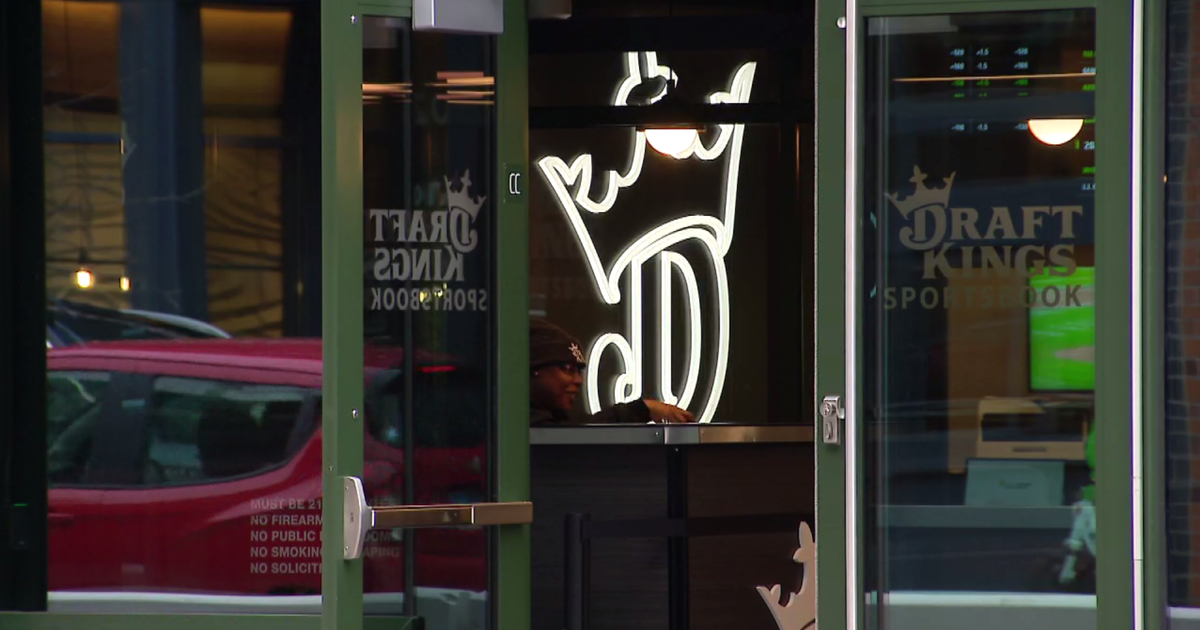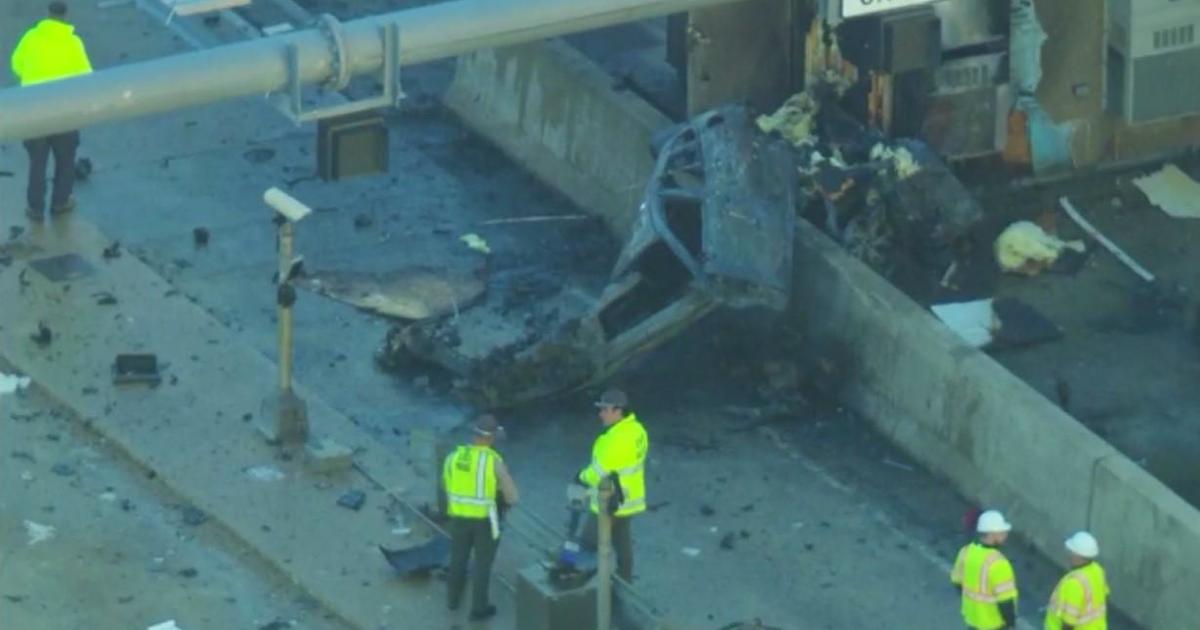Are Restaurants Really COVID-19 Super-Spreaders? Data Aren't Specific Enough
CHICAGO (CBS) -- Coronavirus cases are spiking dramatically in Illinois, with a record 6,363 cases being reported in just one day Thursday – well beyond what we have ever seen.
The spike has led Gov. JB Pritzker to crack down on restaurants, banning indoor dining in much of the state – including the entire Chicago area.
But does the science show that restaurants are really super-spreaders for the virus?
As CBS 2 Investigator Megan Hickey reported, contact tracers said that at least right now, their data are not specific enough when it comes to restaurant spread.
And one scientist said the key to saving indoor dining could be as simple as proper ventilation.
Hickey stopped by the Dearborn Restaurant, 145 N. Dearborn St., which was seating some of their final indoor customers on Thursday. Soon, walk-ins will have to stop – there and at each and every other restaurant in the city.
Soon, walk-ins will have to stop.
The Illinois Department of Public Health said contact tracers have found – in descending order - workplaces, schools, and bars and restaurants are the top three areas of possible exposure for known cases.
"What we have seen is outbreaks within employees," said Dr. Anu Hazra, who oversees contract tracing with Howard Brown Health.
But Hazra, who is also an infectious disease physician at the University of Chicago Medical Center, said the data are much more conclusive when it comes to household spread.
"Aside form like a major super-spreader event, it's really difficult to pinpoint, well this came from this one restaurant or what," he said.
What is the science behind indoor dining transmission? How many people are getting infected if masks and social distancing measures are in place?
We took that question to atmospheric chemist Jose-Luis Jimenez, a professor of chemistry and environmental studies who led a team of scientists from the University of Colorado to produce the COVID Airborne Transmission Estimator.
"Some restaurants have more ventilation, some restaurants have less ventilation," Jimenez said.
He said from an airborne transmission perspective, closing indoor dining will help, but he said restaurants also shouldn't be singled out apart from other indoor interactions found in stores or gyms, for example.
Jimenez said tiny carbon dioxide detectors that can be found on Amazon for less than $200 could be a game changer for the future of indoor eateries. They tell you how much exhaled air is present.
A reading in the 600-700 range would mean you're inhaling less air that's exhaled by other people - a key part of airborne COVID-19 spread.
"That's how we could decide what to close and how to close more intelligently," Jimenez said.
Professor Jimenez says that lower carbon dioxide readings can be achieved in indoor spaces with proper ventilation and filtration systems.
Meanwhile, why don't we have data on how many restaurant employees and customers have been infected since they reopened in Illinois in June.
It turns out those data are actually at the center of a Freedom of Information Act battle right now. The Fulton Market Association requested that information from the city, but the city did not meet the deadline to respond.
So that Illinois Attorney General's office got involved and is giving the city a seven-day deadline to provide data that were requested.
Also From CBS Chicago:
- Already Fined For Rusty Flagpole She Couldn't Fix, South Holland Woman Hit With $300 Fine For Dead Bush
- DuPage County Launches Investigation After Sheriff's Staff Seen Dining Inside Restaurant
- Morton Grove Mayor Questions JB Pritzker's Order To Ban Indoor Dining






